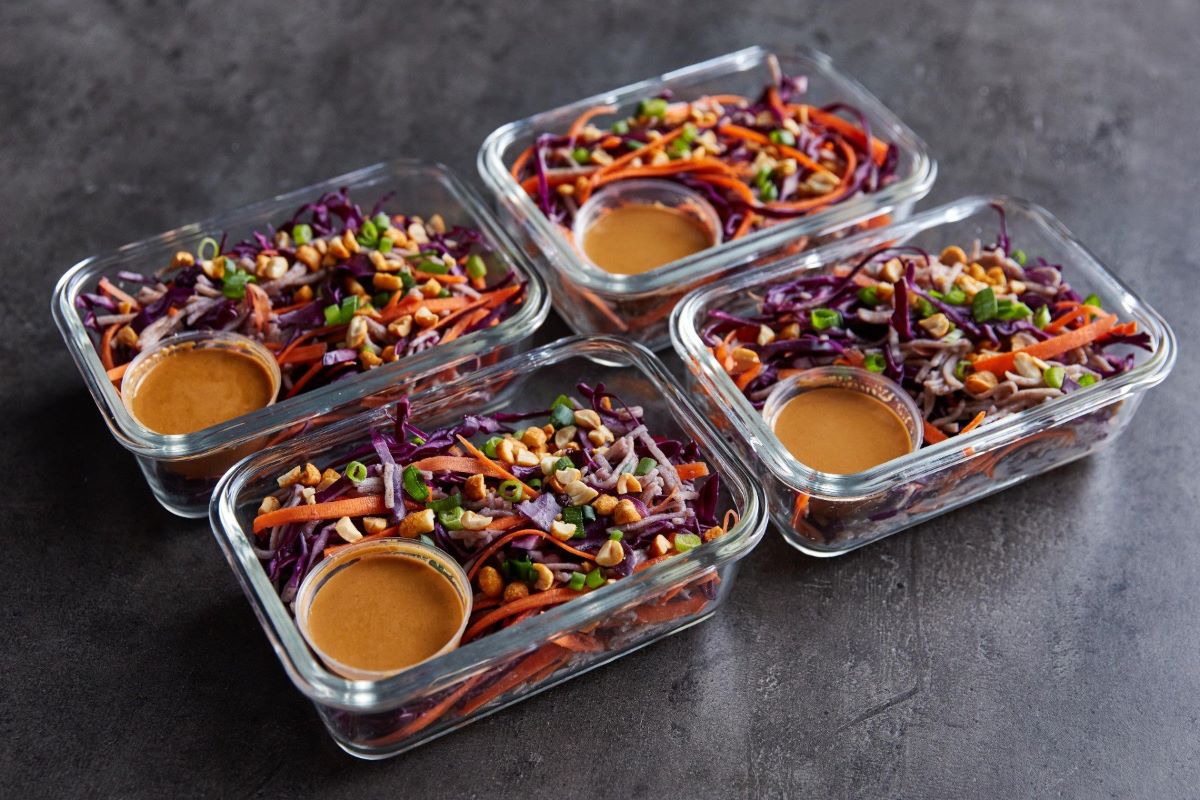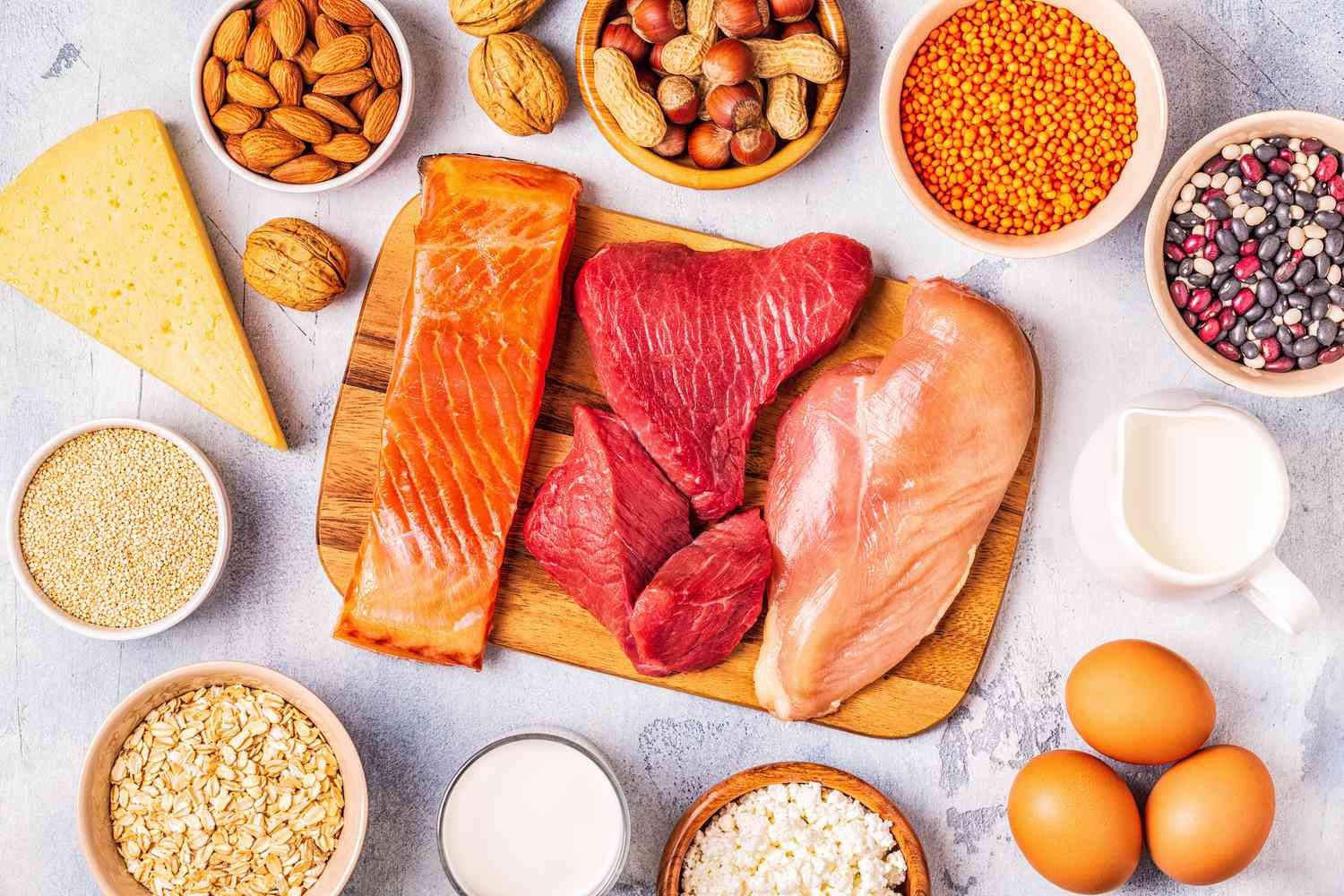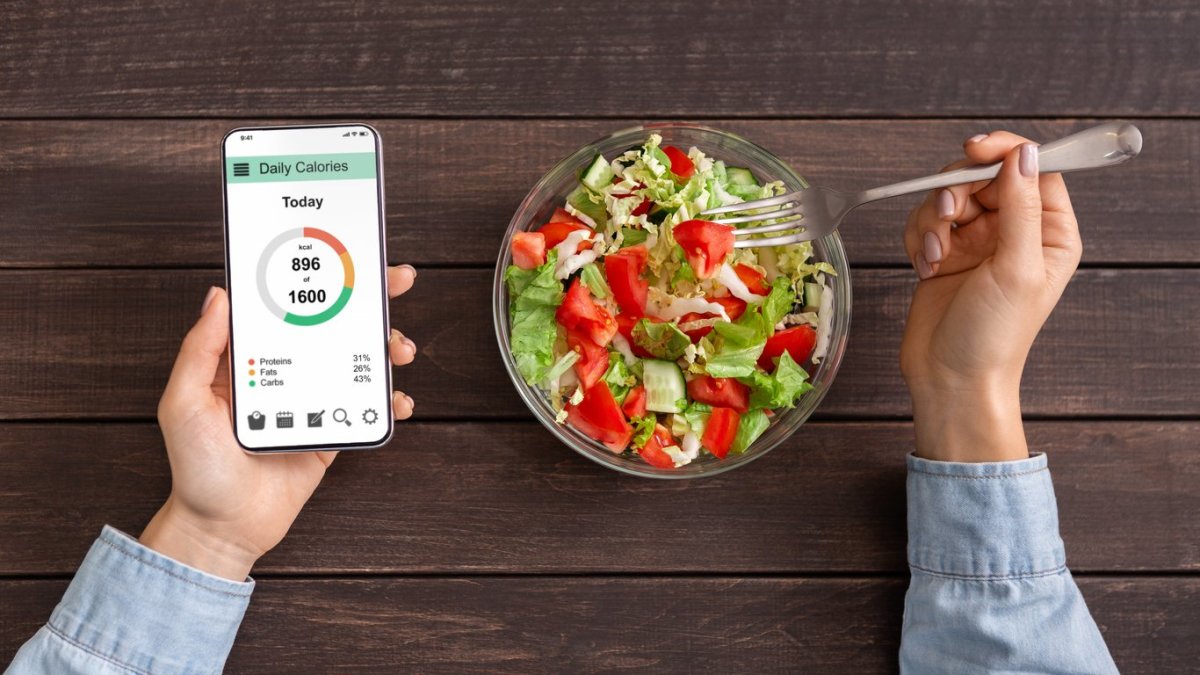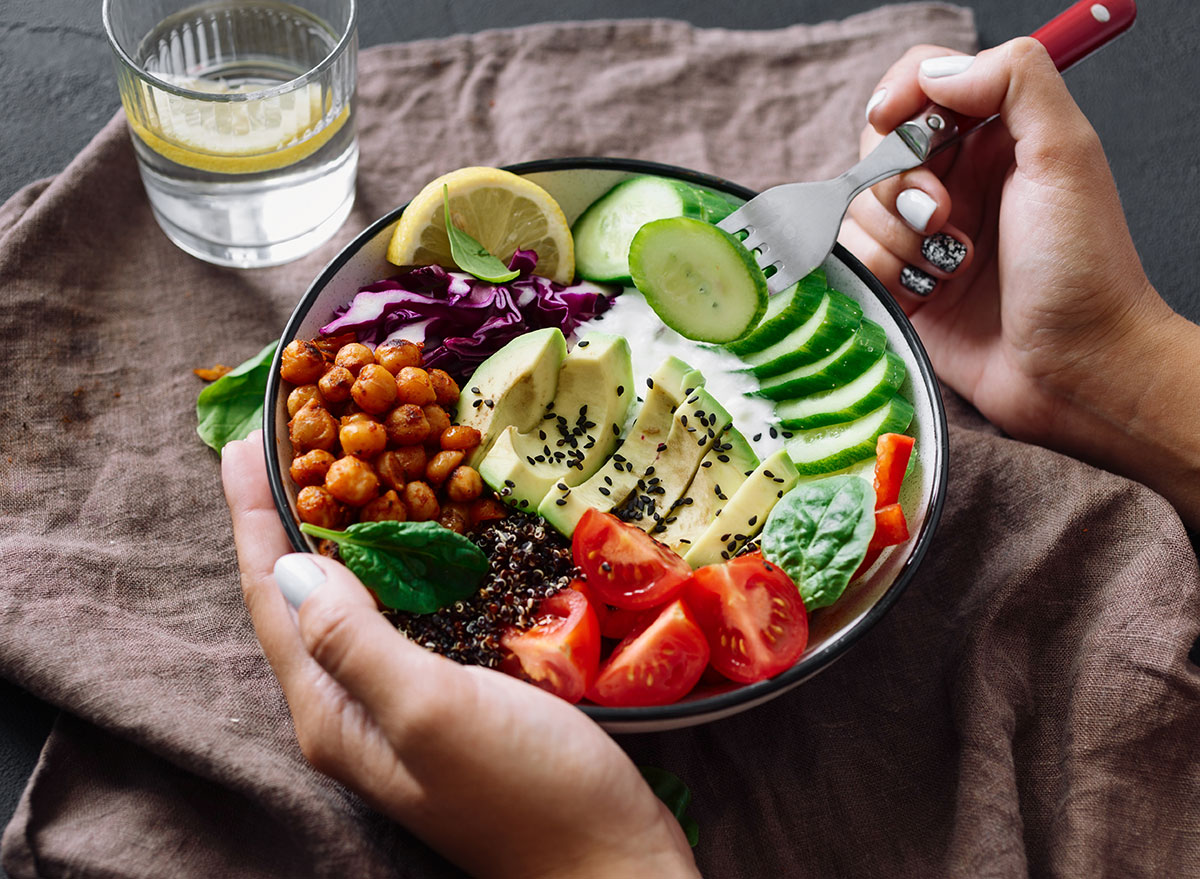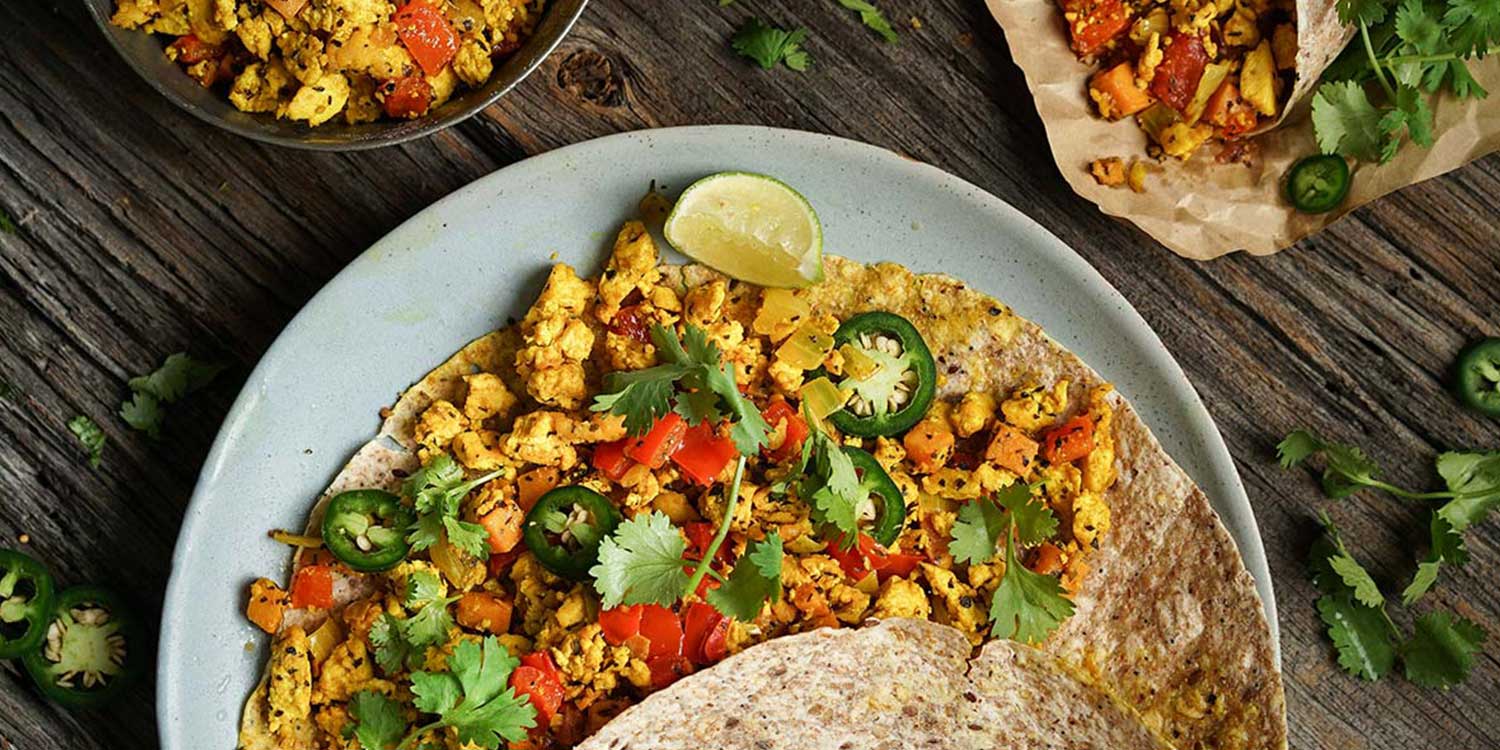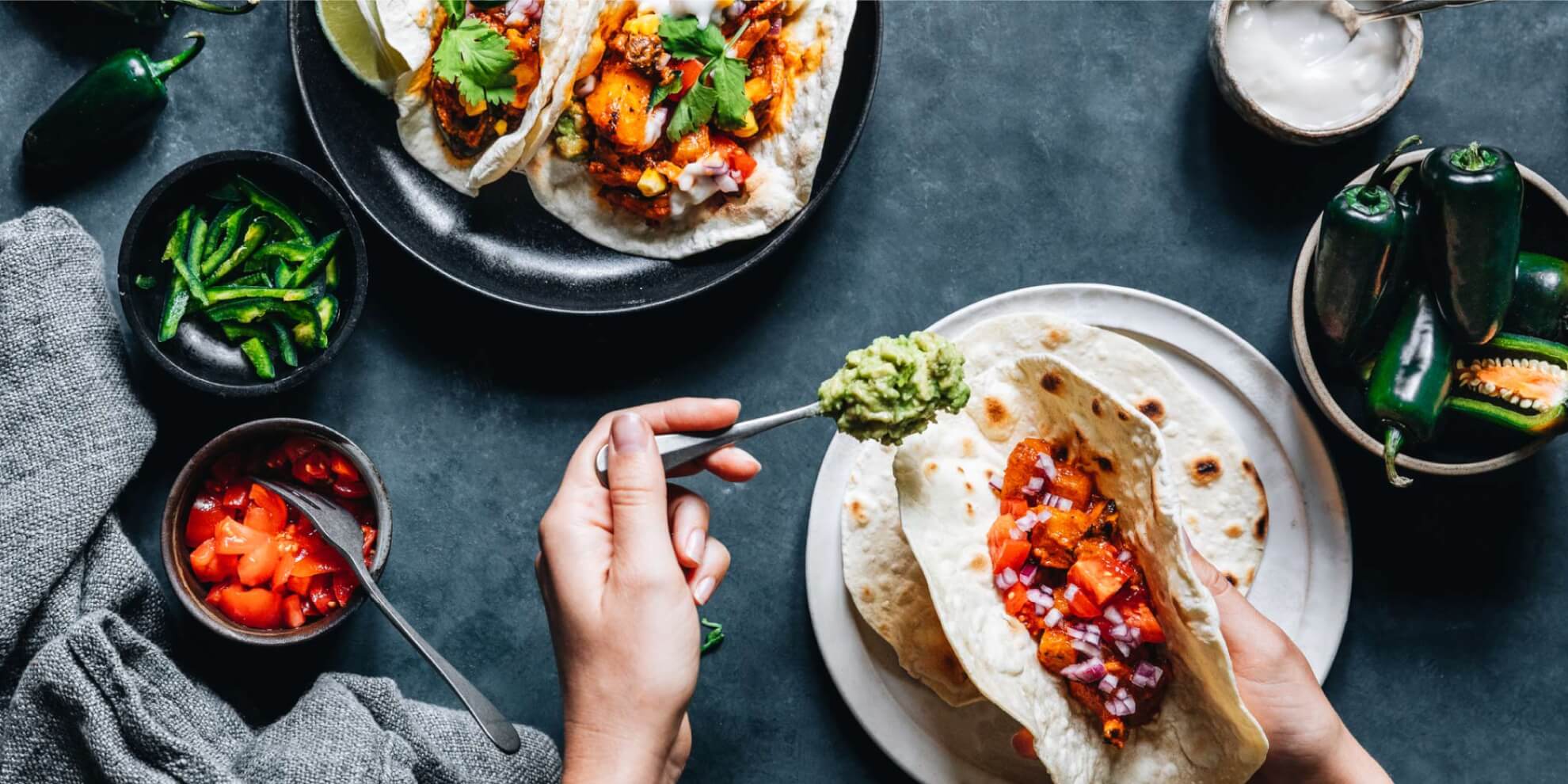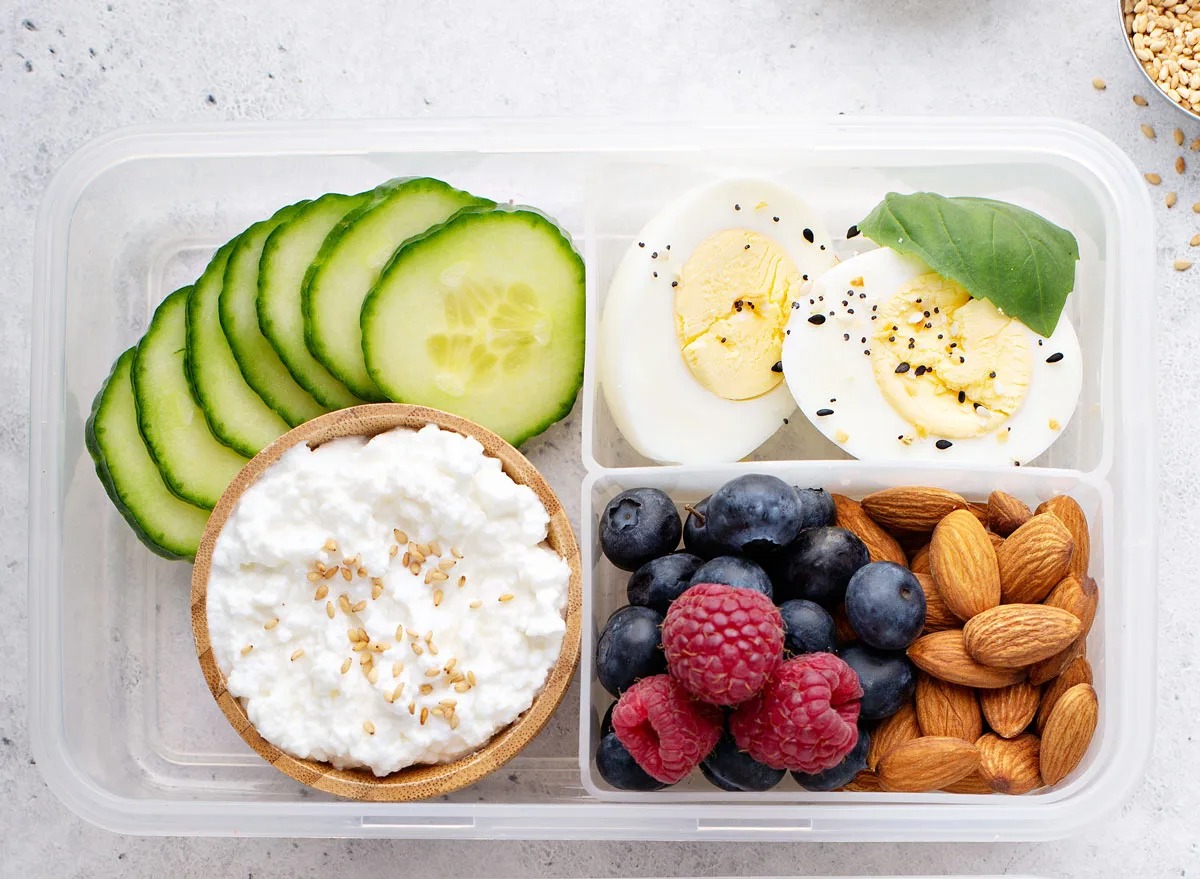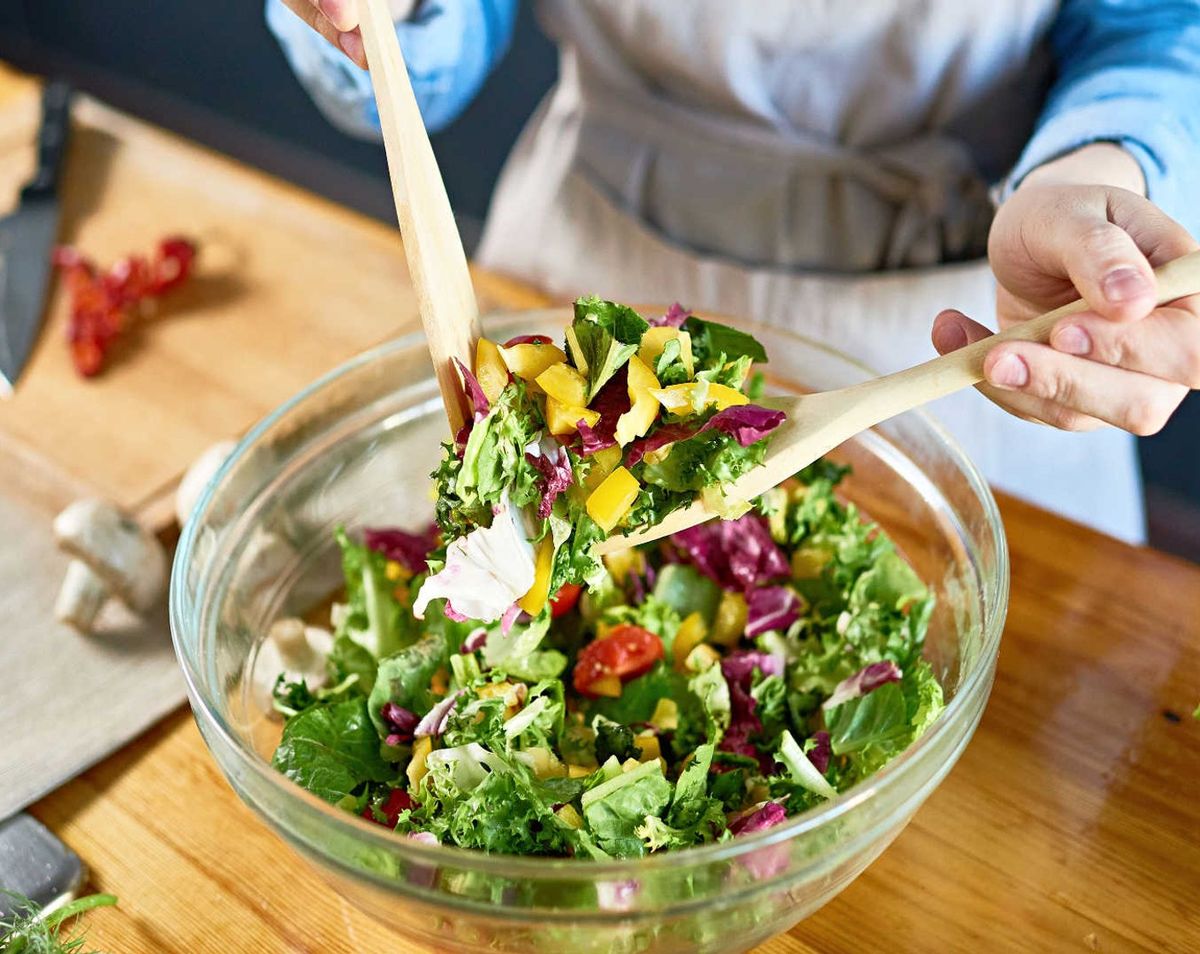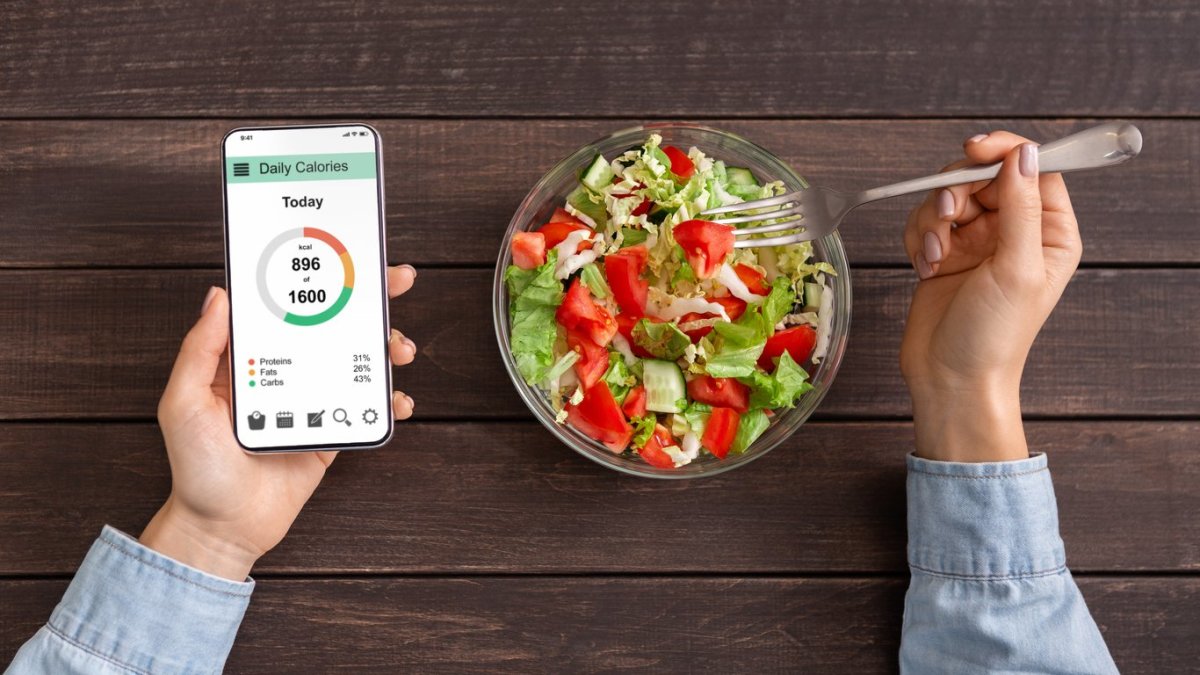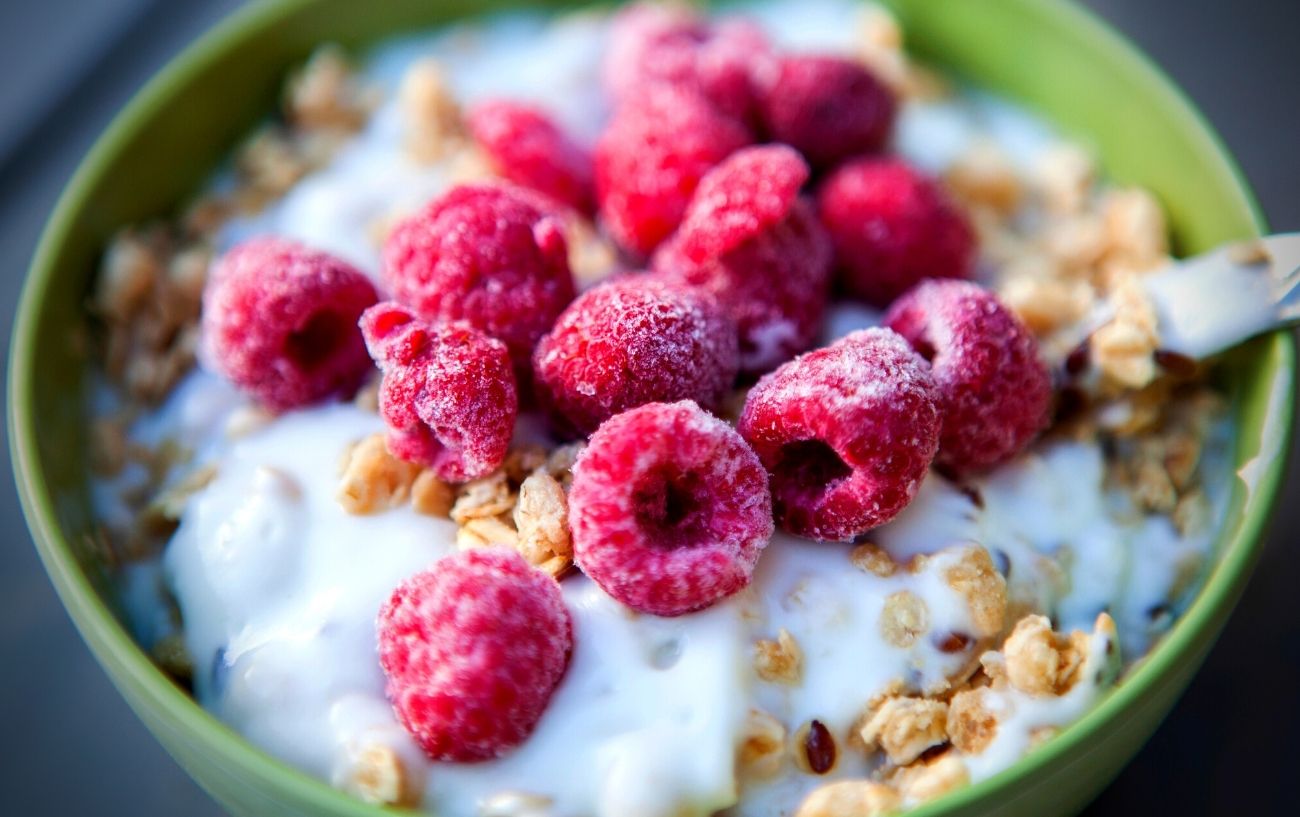How to Enjoy a Low-Calorie Vegan Diet
Following a low-calorie vegan diet can be a delicious and satisfying way to nourish your body while maintaining a healthy weight. By focusing on nutrient-dense foods and mindful eating, you can create a balanced and fulfilling plant-based eating plan. Here are some tips to help you enjoy a low-calorie vegan diet:
Fill Up on Fruits and Vegetables
Fruits and vegetables are the foundation of a low-calorie vegan diet. They are rich in essential vitamins, minerals, and fiber, while being naturally low in calories. Aim to fill half of your plate with a variety of colorful fruits and vegetables at each meal. This will not only help you feel full and satisfied, but also provide your body with the nutrients it needs to thrive.
Incorporate Whole Grains and Legumes
Whole grains such as quinoa, brown rice, and oats, as well as legumes like lentils, chickpeas, and black beans, are excellent sources of complex carbohydrates, protein, and fiber. These foods can help keep you feeling full and energized throughout the day, making them valuable additions to a low-calorie vegan diet.
Choose Healthy Fats
While it’s important to be mindful of portion sizes, incorporating healthy fats such as avocados, nuts, and seeds into your meals can add flavor and satiety. These fats are nutrient-dense and can contribute to a feeling of fullness, helping to prevent overeating.
Be Mindful of Portions
Even though many plant-based foods are low in calories, it’s still important to be mindful of portion sizes. Eating mindfully, without distractions, can help you tune into your body’s hunger and fullness cues, preventing overeating and promoting a healthy relationship with food.
Limit Processed Foods and Added Sugars
Processed foods and those high in added sugars can contribute excess calories to your diet without providing the same level of nutrients and satiety as whole, unprocessed foods. Opt for whole, natural foods as much as possible to support a low-calorie vegan lifestyle.
Stay Hydrated
Drinking plenty of water throughout the day can help support a healthy metabolism and prevent overeating. Sometimes, feelings of hunger can actually be a sign of dehydration, so staying well-hydrated is key to maintaining a low-calorie vegan diet.
Plan Balanced Meals
Balanced meals that include a variety of fruits, vegetables, whole grains, legumes, and healthy fats can help ensure that you’re getting the nutrients you need while managing your calorie intake. Planning your meals ahead of time can also help you make mindful choices and avoid reaching for less healthy options when hunger strikes.
Enjoy Regular Physical Activity
Regular physical activity is an important component of a healthy lifestyle. Incorporating exercise into your routine can help support your weight management goals and overall well-being. Whether it’s going for a walk, practicing yoga, or engaging in your favorite form of exercise, finding activities you enjoy can make staying active feel like a natural part of your day.
By incorporating these tips into your daily routine, you can enjoy a low-calorie vegan diet that nourishes your body and supports your overall health and well-being.


